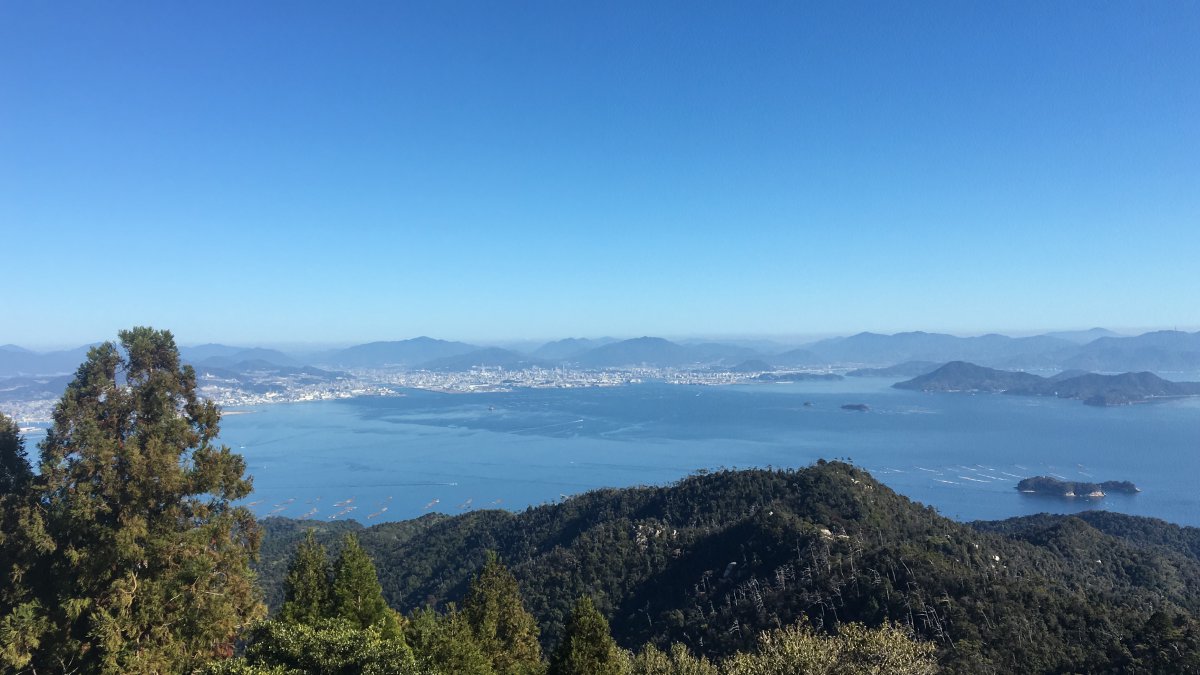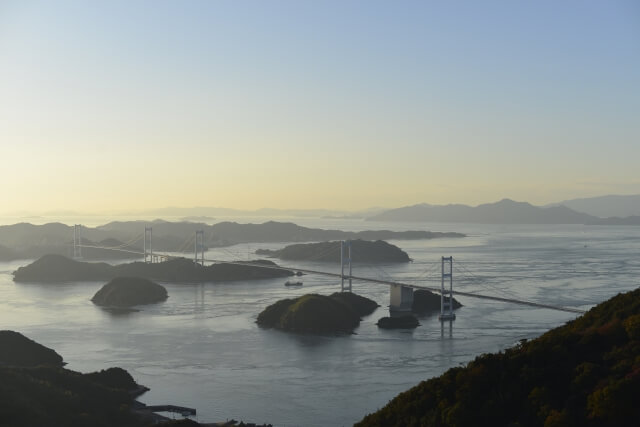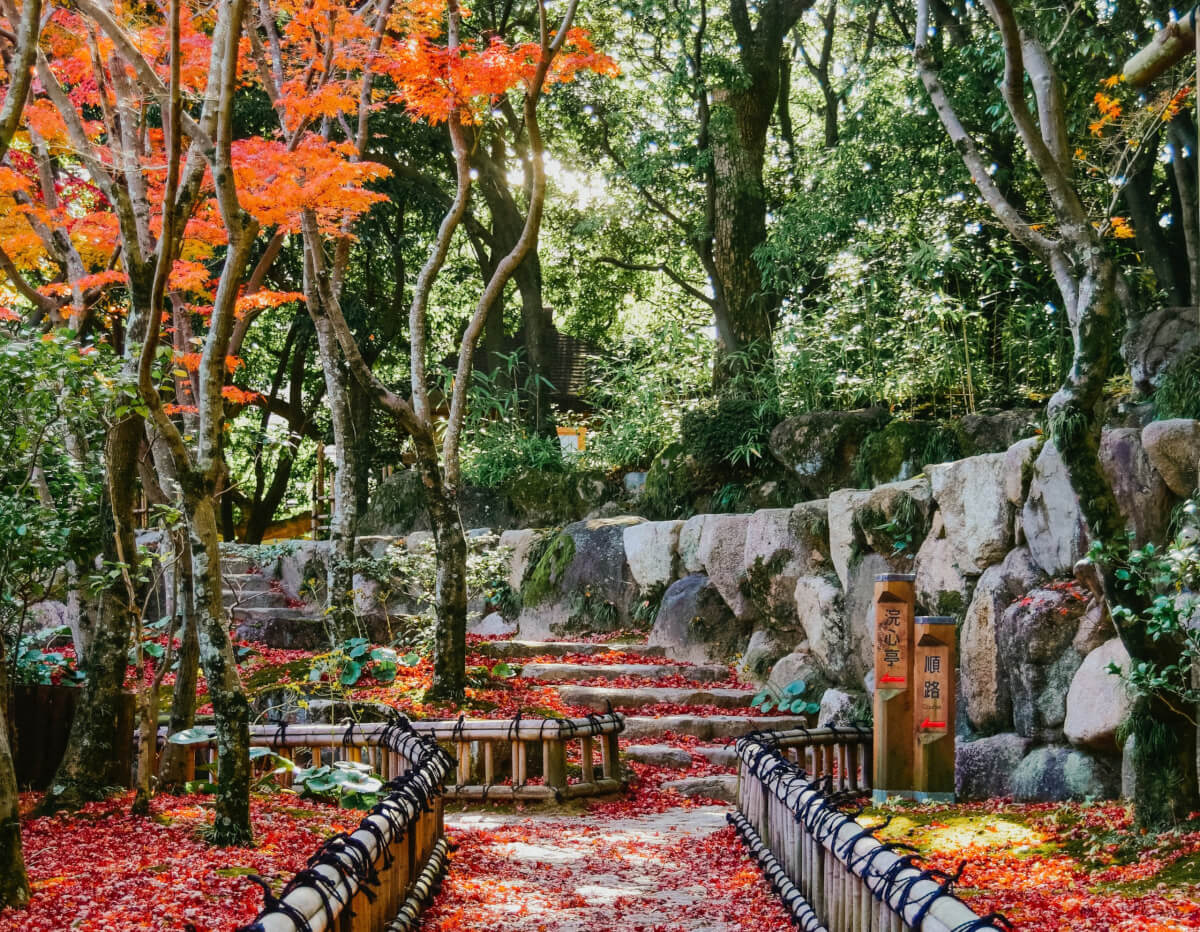Traditionally, Japan can be divided into nine regions that subsequently can be subdivided into in total 47 prefectures. The nine regions are based on their geographical and historical background but don’t function as administrative, independent regions. Each region has its own dialect, customs, and unique traditions and natural beauty. From north to south, Japan covers about 3,000 km and thus the geographical features, differ quite a lot from each other.
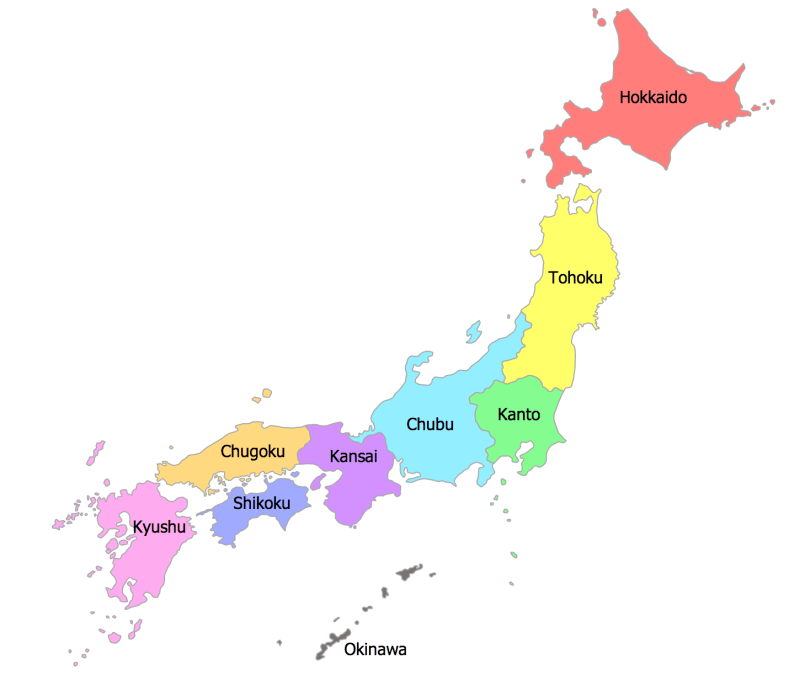
Chugoku Region – 中国地方
Chugoku Region is located on the west side of Honshu, Japan’s main island, bordering the regions of Kansai, Kyushu and Shikoku. Chugoku can be literally translated as middle country, fitting its location at the heart of Japan. Chugoku is most famous for Hiroshima which, together with Okayama, are the most visited prefectures. The other three prefectures belonging to Chugoku, Shimane, Tottori and Yamaguchi are a bit more off the beaten path and are among the least visited prefectures of Japan. Here we will introduce the highlights of each prefecture to help you gain some idea of the Chugoku Region.
Highlights of Hiroshima – 広島
Hiroshima is world wide known for its namesake prefectural capital, where on August 6, 1945 the first atomic bomb, Little Boy, was dropped. In the city there are many reminders where you can learn all about this disastrous event and the aftermath. From the city, you have easy access to the famous torii of the Itsukushima Shrine, that appears to be floating on the water with high tide. The island is a popular day trip, with many hiking options and great views of the Seto Inland Sea and its local specialties Momiji Manju and oysters grilled on the bbq.
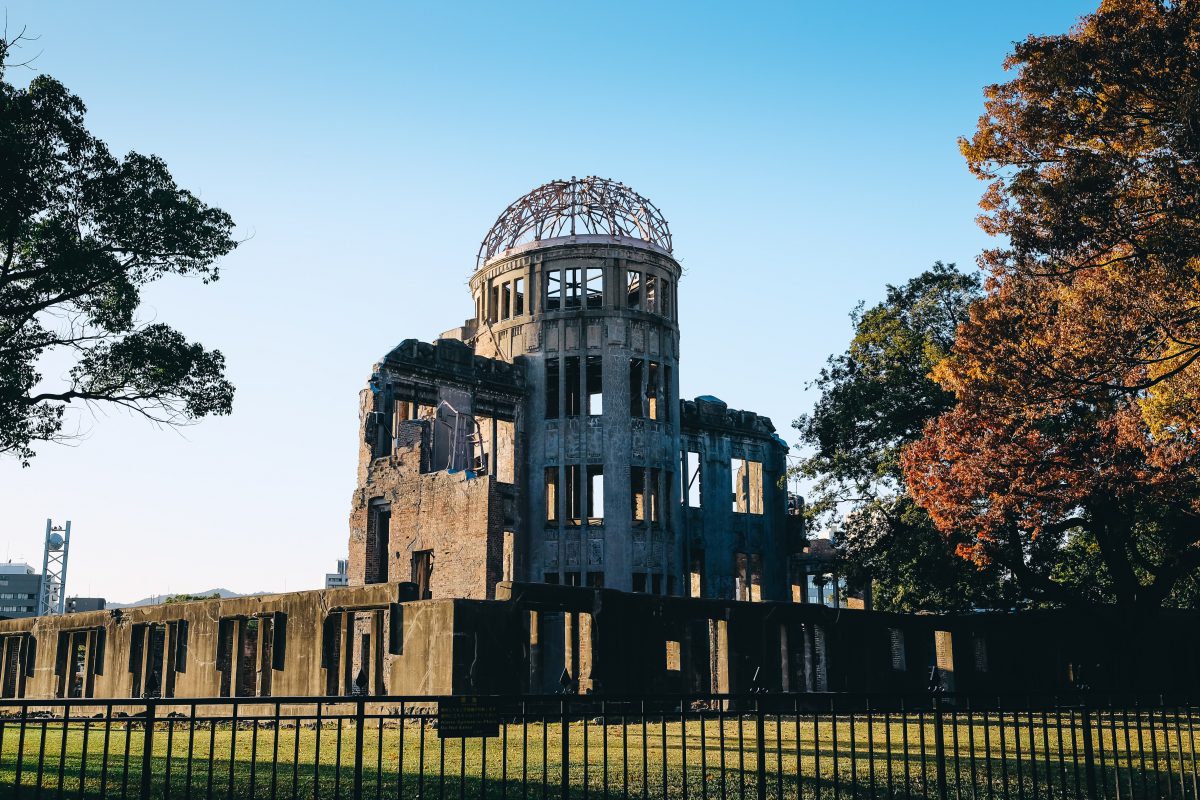
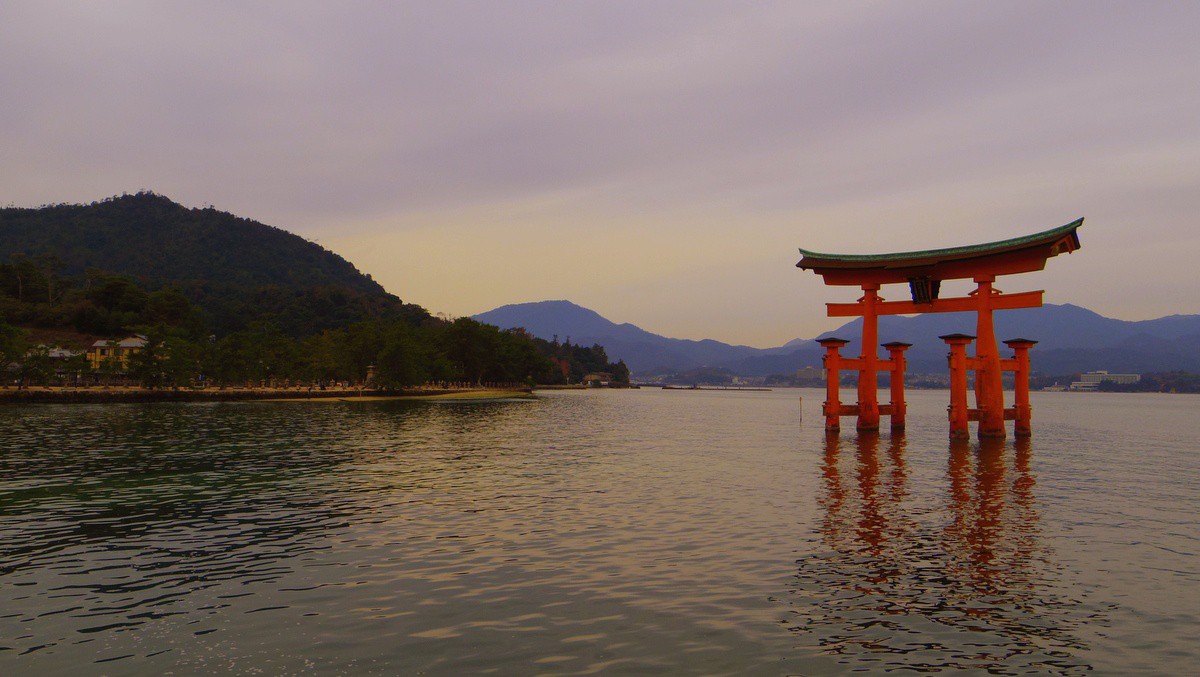
Other highlights of the prefecture of Hiroshima include Takehara, famous for its salt and sake production and often described as Hiroshima’s Little Kyoto. From Takehara, you can easily visit Okunoshima better known as Rabbit Island, earning this nickname from the 1,000 fury rabbits living on the island. Onomichi is a port town located on the hills of eastern Hiroshima. The narrow streets of this traditional town have been featured in many movies and will have you feel like travelling back in time. Onomichi is also the starting point of the Shimanami Kaido, the toll road with spectacular views of the Seto Inland Sea, connecting Hiroshima and Ehime on Shikoku. The road has a dedicated cycling trail that is hugely popular among cyclists.
Highlights of Okayama – 岡山
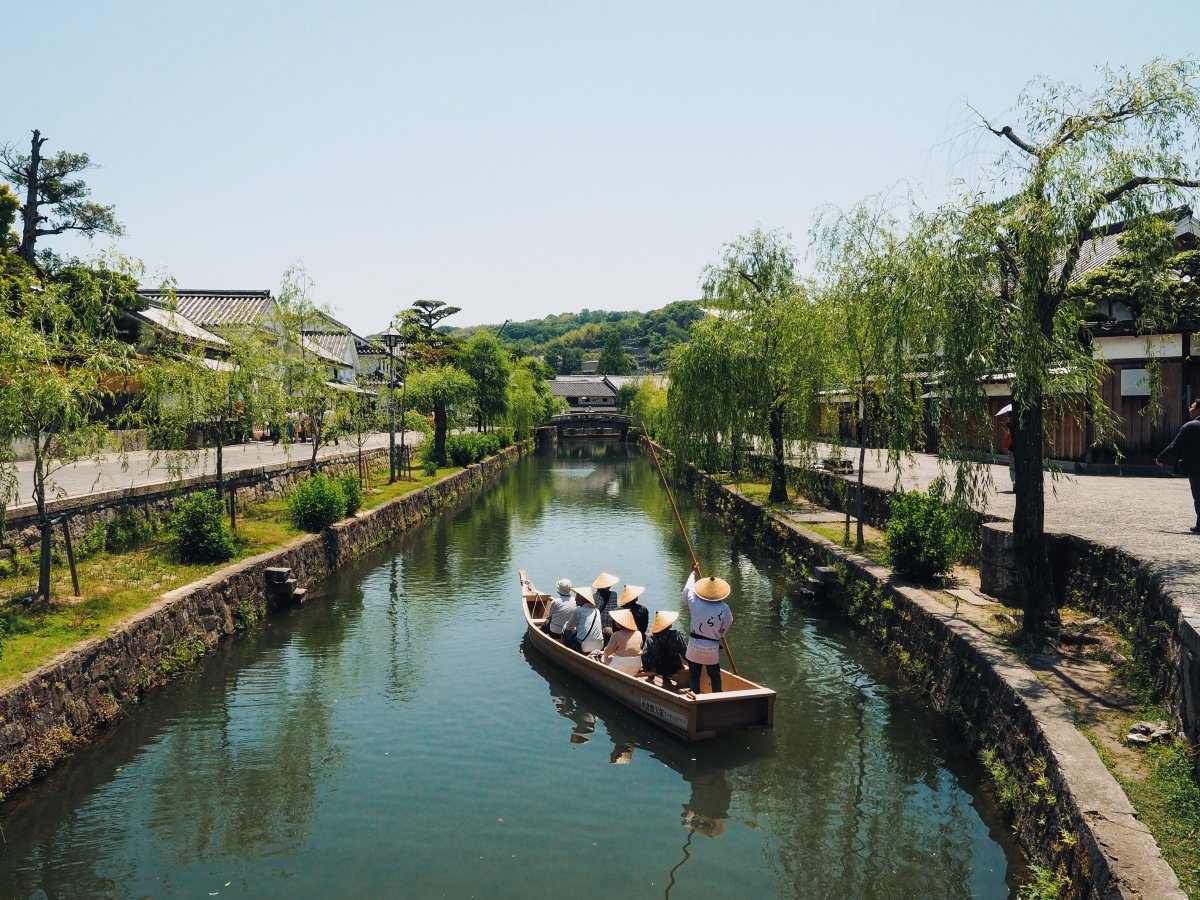
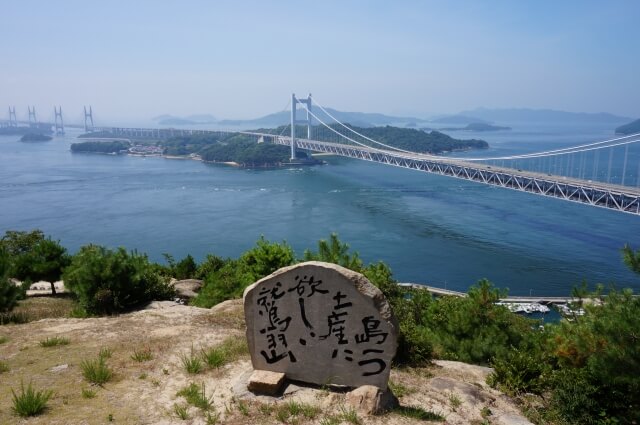
Okayama Prefecture is known as the Land of Sun because of the high number of sunny day, which also ensures a great climate for growings juicy fruits. The most famous attraction of the prefecture is the beautiful garden of Korakuen Garden, one of the three best landscape gardens in Japan. Many people travelling to Naoshima Island, depart from Uno Port, located south of Okayama city. Okayama Castle, nicknamed Crow Castle because of its black exterior, is another great place to visit. From the top floor of the castle, you can see the city of Okayama and its surroundings. Other recommended places to visit are the Washuzan Mountain, with scenic views of the inland sea, the tranquil Shibukawa Beach and Kurashiki Bikan Area, famous for its traditional buildings.
Highlights of Shimane – 島根
Shimane Prefecture is a remote prefecture facing the Sea of Japan. The mountainous prefecture isn’t frequently travelled by (international tourists), but worth a visit for the nature lovers. Due to its secluded location, much of the nature is untouched and traditions remain. The oldest and also one of the most important shrines in Japan, Izumo Taisha, is located in Shimane prefecture, in the city of Izumo. The city was ruled by a powerful clan and the shrine plays an important role in Japanese mythology.
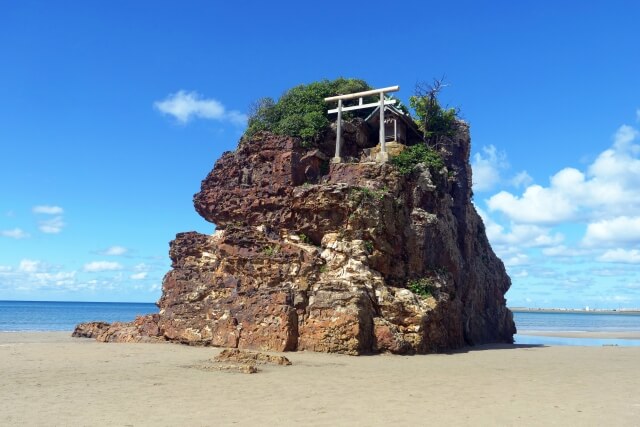
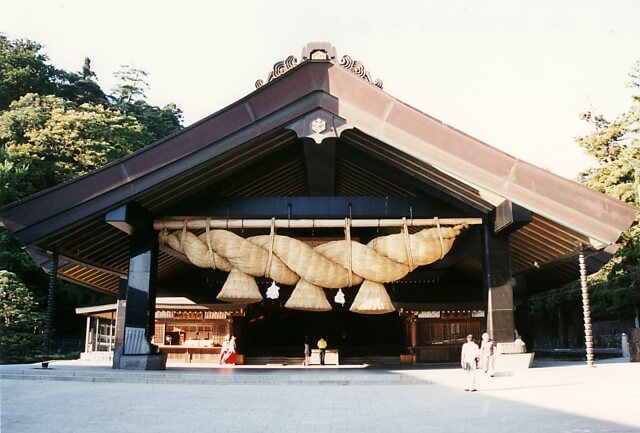
The prefecture is also home to Matsue Castle, one of the 12 original castles in Japan. On the castle’s moat, you can row a boat and watch the Edo style homes. Other highlights of the prefecture include Iwami Ginzan, an old silver mine, Inasa Beach with a small round island with a small shrine and torii gate on top, and the beautiful Tachikue Gorge.
Highlights of Tottori – 鳥取
North of Shimane lies Japan’s least populated prefecture, Tottori prefecture. The coastal prefecture is known for its largely untouched nature and isn’t visited mucuh by (international) tourists yet. The prefecture is famous for the Tottori Sand Dunes, the largest sand hills in the country stretching over about 16 km. There are several outdoor activities that you can enjoy on the dunes, including paragliding, sandboarding and camel riding. At the nearby Sand Museum, you can observe some amazing sand sculptures that change each season.
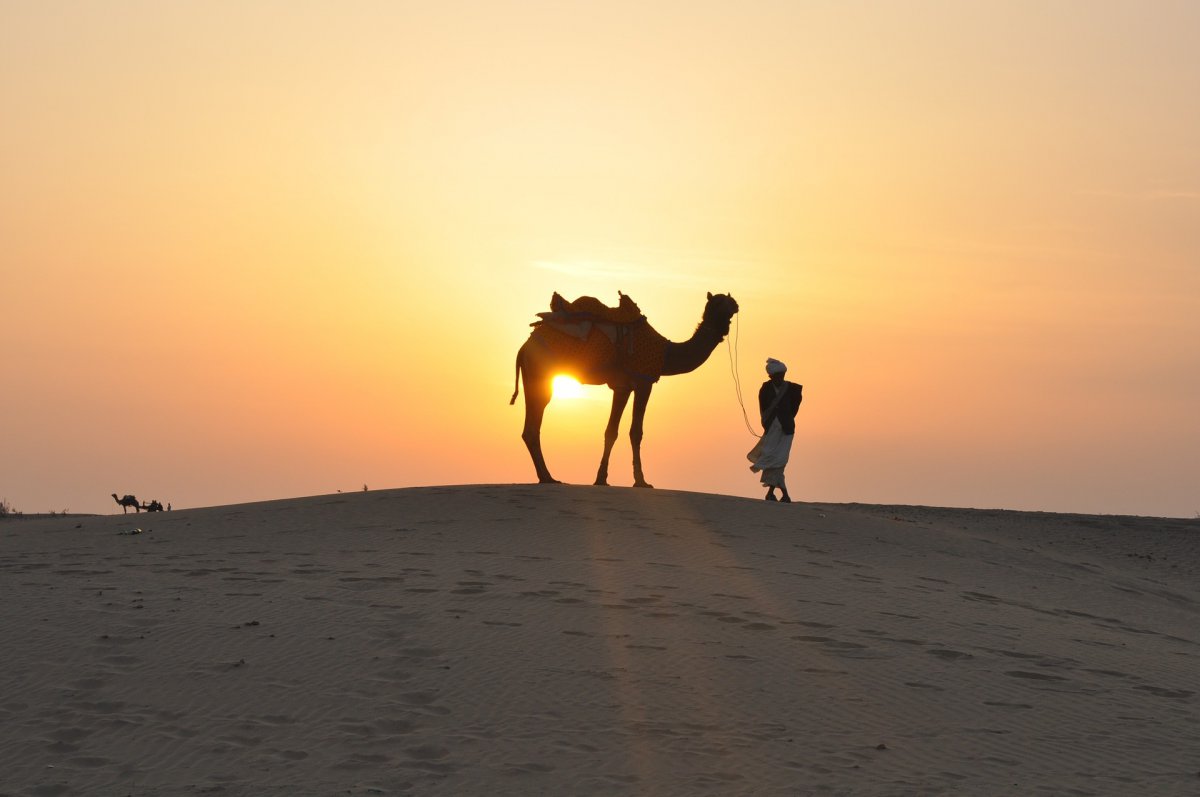
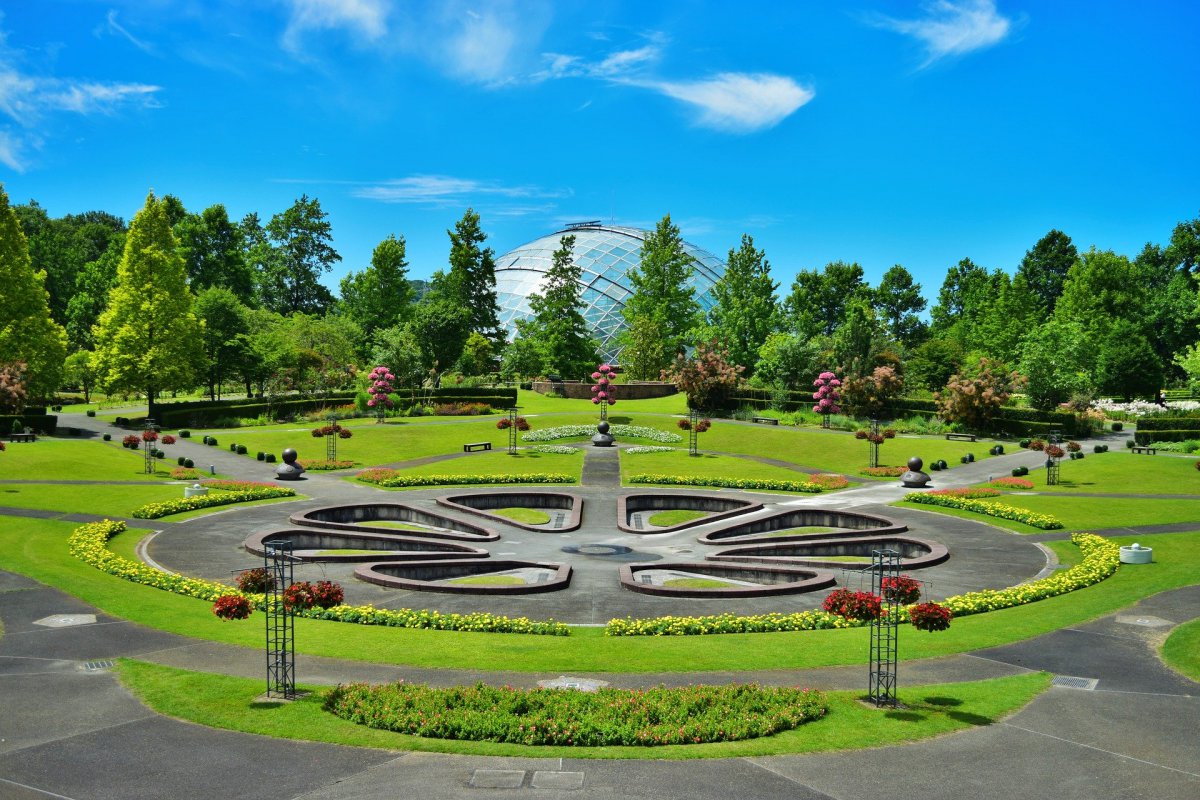
In the northeastern part of Tottori, the Uradome Coast is a must visit. The coastline is made up of rocks in unusual shapes and offers spectacular views. The coast is also lined with some white sandy beaches with crystal clear water which are great for snorkeling.
Hakuto Shrine and Tottori Castle are two other places worth a visit, same as Hanakairo Flower Park, one of the country’s largest flower parks, located at the foot of Mount Daisen.
Highlights of Yamaguchi – 山口
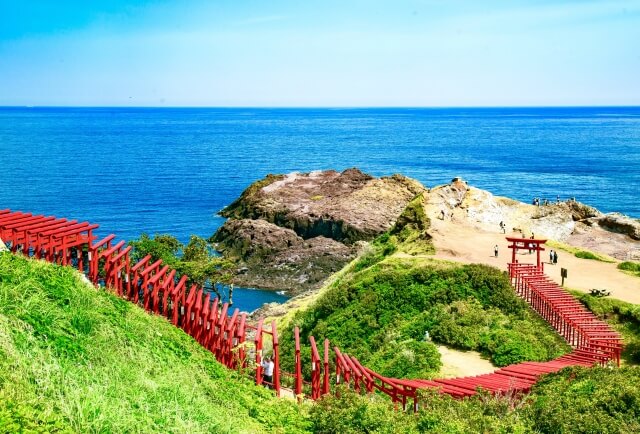
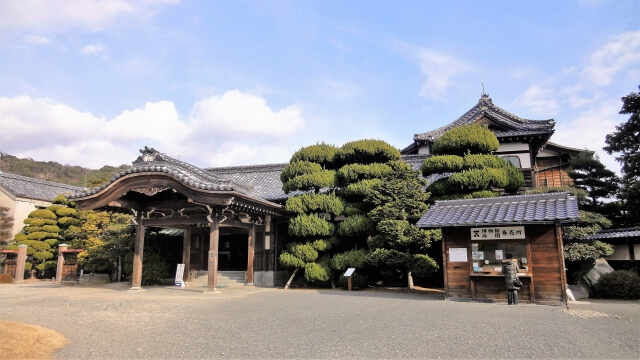
Yamaguchi Prefecture is located at the most western point of Honshu, connecting Japan’s main island to Kyushu by bridge. The prefecture is surrounded by sea and has a coastline of about 1.500 km! From beautiful beaches to national cultural treasures, the prefecture has a lot to offer. The prefectural capital, also named Yamaguchi, was designed to resemble to traditional townscape of Kyoto. Here you can see a large 5 storied pagoda of the Rurikoji Temple. Another popular spot that shows some resemblance to Kyoto it the Motonosumi Shrine, with its 123 vermilion Torii gates that were built on the cliffs on the northern coastline. In north west Yamaguchi, the Tsunoshima Bridge, one of Japan’s longest bridges connecting the mainland to beautiful Tsunoshima Island. Other sights include the Kintai Bridge, the Akiyoshido Cave, Japan’s second largest limestone caves, Kikugahama Beach and the island of Omijima known for its rock formations.
Where to stay in Chugoku Region
The Chugoku Region consists of five prefectures, that all have great places to visit and to stay. We have selected five different places, that will be an unforgettable experience and are accessible by public transportation.
- Hotel Cycle, Hiroshima – Refurbished warehouse hotel located near Onomichi station.
- Mitsui Garden Hotel, Okayama – Western style hotel, with a convenient location.
- Takenoya Ryokan, Shimane – Only 200 meters away from Izumo Taisha, traditional meal course Kaiseki will be served at dinner, you can enjoy dining with a view of the beautiful garden.
- Yozyokan, Tottori – This beautiful Japanese style hotel, offers different onsen with stunning lake views.
- Matsudaya Hotel, Yamaguchi – Beautiful old ryokan, with an amazing Japanese garden and private onsen.
In Chugoku, you can have many great experiences in the more quiet and rural side of Japan. The prefecture s mostly known for the city of Hiroshima, a city that is visited by many tourists. Other than Hiroshima, there are many other somewhat remote gems, that aren’t discovered by the large crowds of tourists yet and offers many authentic experiences. Plan ahead and make most out of your trip to Japan!
Follow us on Instagram or Facebook for more travel inspiration. Or tag us to get featured!
Happy travelling!
This post contains some affiliate links. When you click through and make a purchase we may receive some commission, at no extra costs to you.
